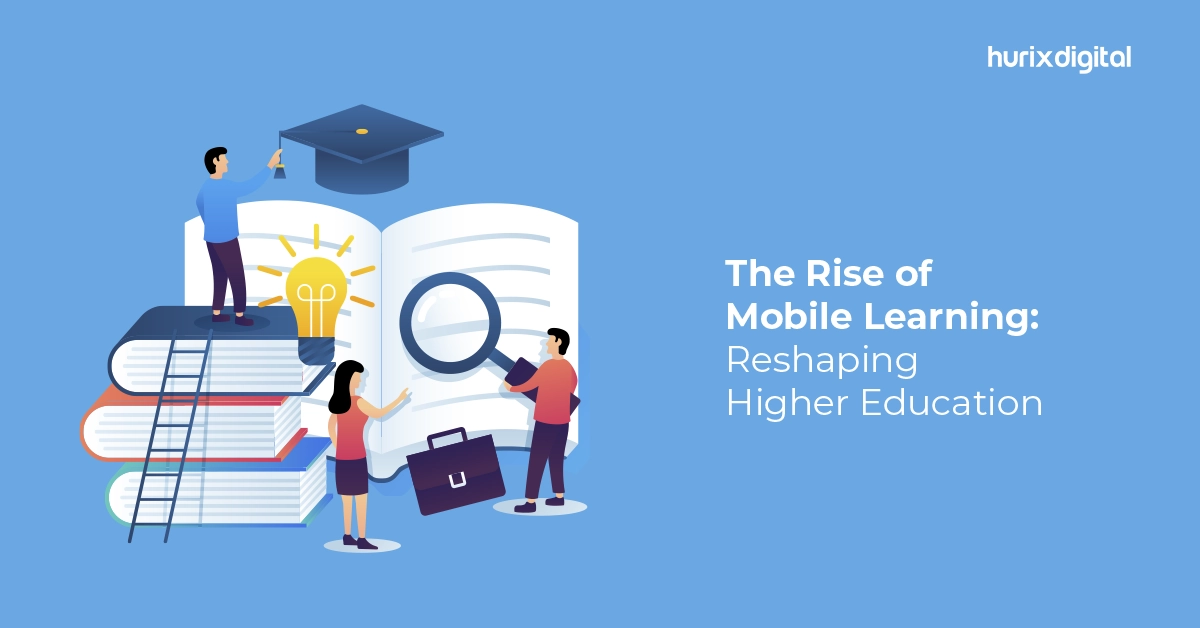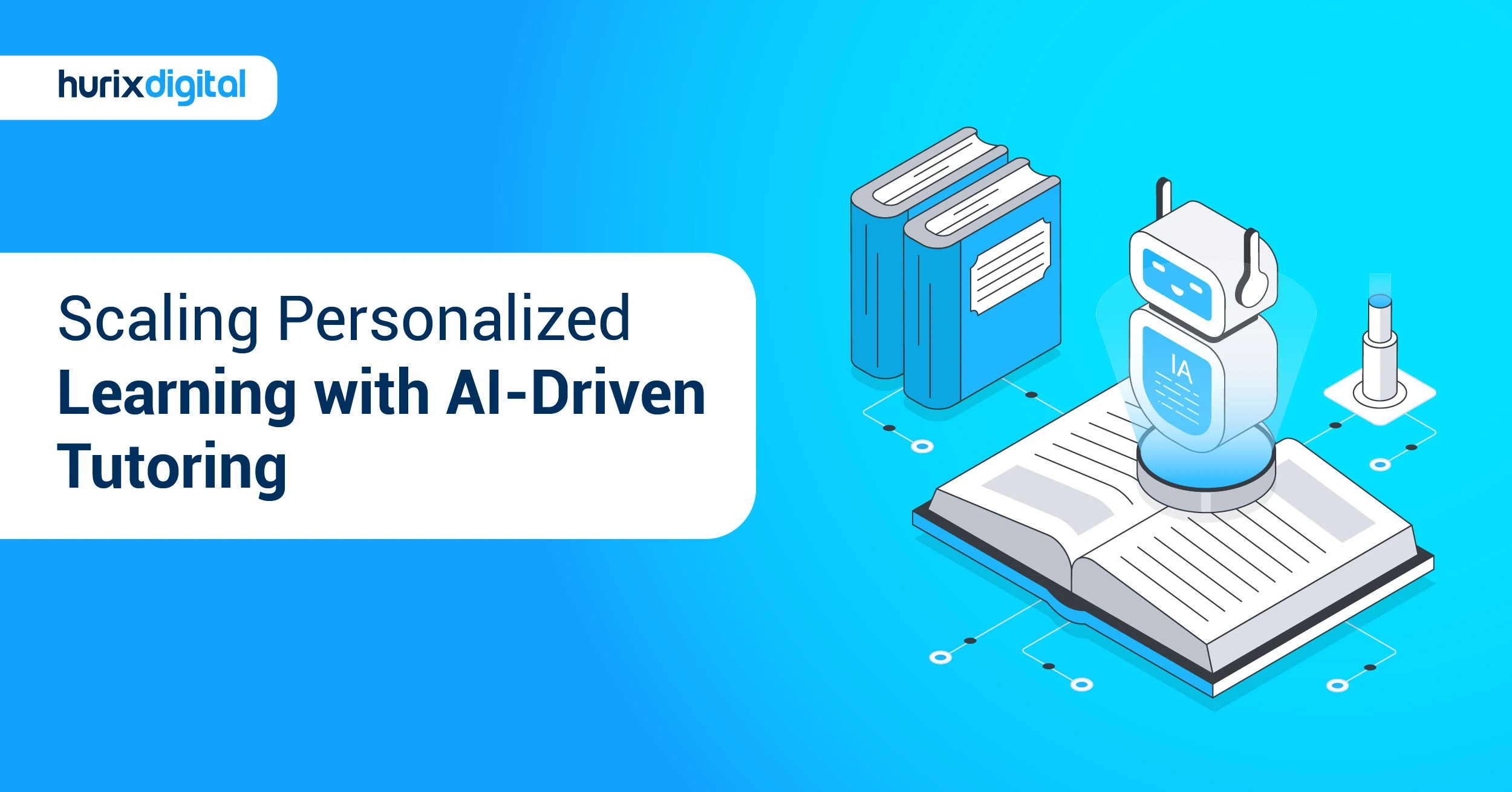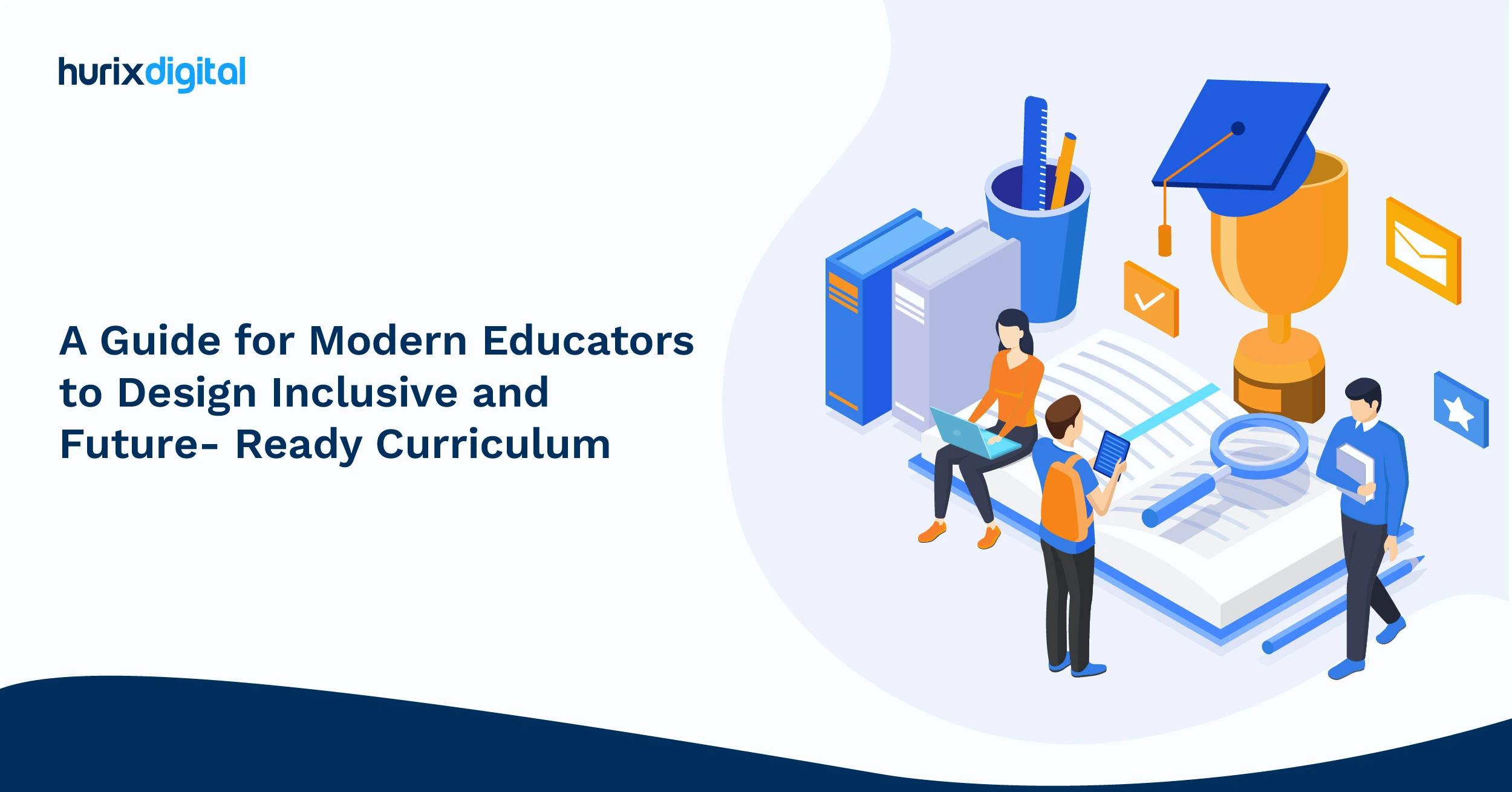
The Rise of Mobile Learning: Reshaping Higher Education
With millions of distractions around us, competing for a student’s attention has become a reality. As a result, learning and development are gradually taking a backseat, especially when courses are lengthy and non-interactive.
Let’s see this way: Going through 30–40 video lessons, each lasting 20–30 minutes, can take days or even months. With the world shifting gears and moving in the express lane, students find it difficult to dedicate huge time blocks to their studies. That’s why mobile learning in higher education is rapidly gaining traction.
In this blog, we will explore the world of remote learning solutions and how mobile-friendly curricula are disrupting k-12 and higher education. Read on!
Table of Contents:
- Mobile Learning and eLearning: Key Difference
- Mobile Learning in Higher Education: Why Is It a Game-Changer?
- The Potential of Responsive Learning Platforms
- Higher Ed Tech Trends: The Future Is Here
- Wrapping Up
Mobile Learning and eLearning: Key Difference
While the underlying concepts of mobile learning and E-learning are similar, they are different entities. The key difference lies in the learning modules.
Unlike various digital learning tools, mobile-enabled courses are divided into bite-sized chunks. As a result of microlearning, students can quickly go through their lessons at any time and anywhere. With snackable course content readily accessible, students need only open the app and resume their studies, even if they are on the go.
Mobile Learning in Higher Education: Why is it a Game-Changer?
M-learning innovations are on the rise. In fact, the global mobile learning market is expected to reach USD 22,742.36 million in 2031. Since the boundaries between physical and virtual classrooms are blurred, a mobile-friendly curriculum makes course material accessible.
Below, we have listed some of the benefits of implementing mobile-enabled courses:
1. Delivers Personalized Learning Experience
No two students are the same. Every learner has a unique pace and preference. Hence, a template-driven teaching module doesn’t yield effective results.
A mobile-friendly curriculum comes into the picture here. It leverages Artificial Intelligence (AI) and data analytics to create learning paths tailored to an individual’s performance and progress. This way, students can learn at their own pace through interactive content. This results in enhanced engagement and knowledge retention, further improving learning outcomes.
2. Easy Access to Course Materials
90% of global cellular phones are smartphones. With such widespread availability of these devices, mobile-enabled courses are literally breaking barriers. Students with smartphones can access learning resources regardless of their geographical location or cultural background. It empowers the learners to study even while they are on the go or waiting in queues.
3. Interactive Content
Human attention span is shrinking. Retaining a student’s attention for a long time can be a challenge. Digital learning tools incorporate multimedia elements such as gamification, interactive quizzes, and videos to capture and enhance student’s attention. These elements encourage active learning, fostering deeper learning and retention of information.
4. Promotes Continuous Learning
Learning never ends—it is a lifelong process. Mobile learning in higher education allows students to revisit previous lessons. So, if students need to revise something or refresh their knowledge, mobile-enabled courses make it possible.
Let’s understand this with an example – For a foreign language student, going back to a particular module to recall a word or phrase becomes easier through mobile apps.
Also Read: Six Must-Have Software Solutions for Higher Education Institutions
The Potential of Responsive Learning Platforms
As technology continues to evolve, responsive learning platforms are becoming prevalent. Here’s how a mobile-friendly curriculum plays a significant role:
1. Microlearning: Cuts Through the Noise
There’s an information explosion, resulting in a cognitive overload and making knowledge retention an uphill task. Chunking complex content into small and pocket-sized modules makes it easier for learners to comprehend and retain information. In fact, microlearning is 17% more effective than traditional learning, significantly impacting student engagement.
2. Gamification: Engaging and Interactive Education
Traditional learning modules are a one-way street—the flow of knowledge is unilateral. Enter mobile learning in higher education. M-learning leverages game-based elements to add “entertainment and interaction” to passive learning.
Gamification not only brings a touch of liveliness to training modules but also encourages a sense of collaboration and competitiveness.
3. Offline Access to Lessons
Picture this: A group of students live in an area where uninterrupted connectivity is an issue. They cannot access the online course material due to a lack of internet.
Mobile-enabled courses allow learners to download course material and access it offline. This allows them to continue their learning journey without any breaks.
Higher Ed Tech Trends: The Future is Here
Technology is advancing at a jet’s speed, resulting in several exciting opportunities for mobile learning in higher education.
Let us quickly take a look:
1. VR/AR Powered Learning Experience
With advanced Apple Vision Pro becoming mainstream, integrating VR in m-learning is set to transform the field.
It creates dynamic and immersive learning experiences with near-realistic scenarios to help students understand even the most complex subjects. For example, a virtual field trip to ancient Rome or a 3D model of a human heart offers hands-on learning experiences.
2. Adaptive Learning
Mobile-enabled courses harness the data analytics capabilities to create tailored and adaptive learning experiences. Instructors can deliver targeted course material to meet the specific needs of each learner.
3. AI-Enabled Chatbots
Integrating AI-enabled chatbots can deliver a smooth and intuitive mobile learning experience. They can deliver specific information, provide instant feedback, and encourage collaborative learning.
Check out EXCLUSIVE: Hurix Digital Helps Prominent University Bridge the AI Knowledge Gap in Higher Education
Wrapping Up
Mobile learning in higher education has emerged as a powerful tool in this fast-paced world. It empowers students with microlearning and helps them actively participate in learning.
Whether you want to make K-12 education more technology-driven or create an m-learning training module for corporations, you can quickly go from idea to deployment.
Partner with Hurix Digital to embark on a journey of E-Learning solutions. Our higher ed-tech experts will help you navigate this terrain and offer solutions that resonate with your business goals.
Contact us for more information.

Senior Vice President
A Business Development professional with >20 years of experience with strong capability to sell new solutions and develop new markets from scratch. New Market Entry Specialist with experience working in the largest emerging markets. Exceptional experience in conceptualizing, ideating and selling new learning technologies like VR AR, etc. across multiple industry verticals.
 A Space for Thoughtful
A Space for Thoughtful 



